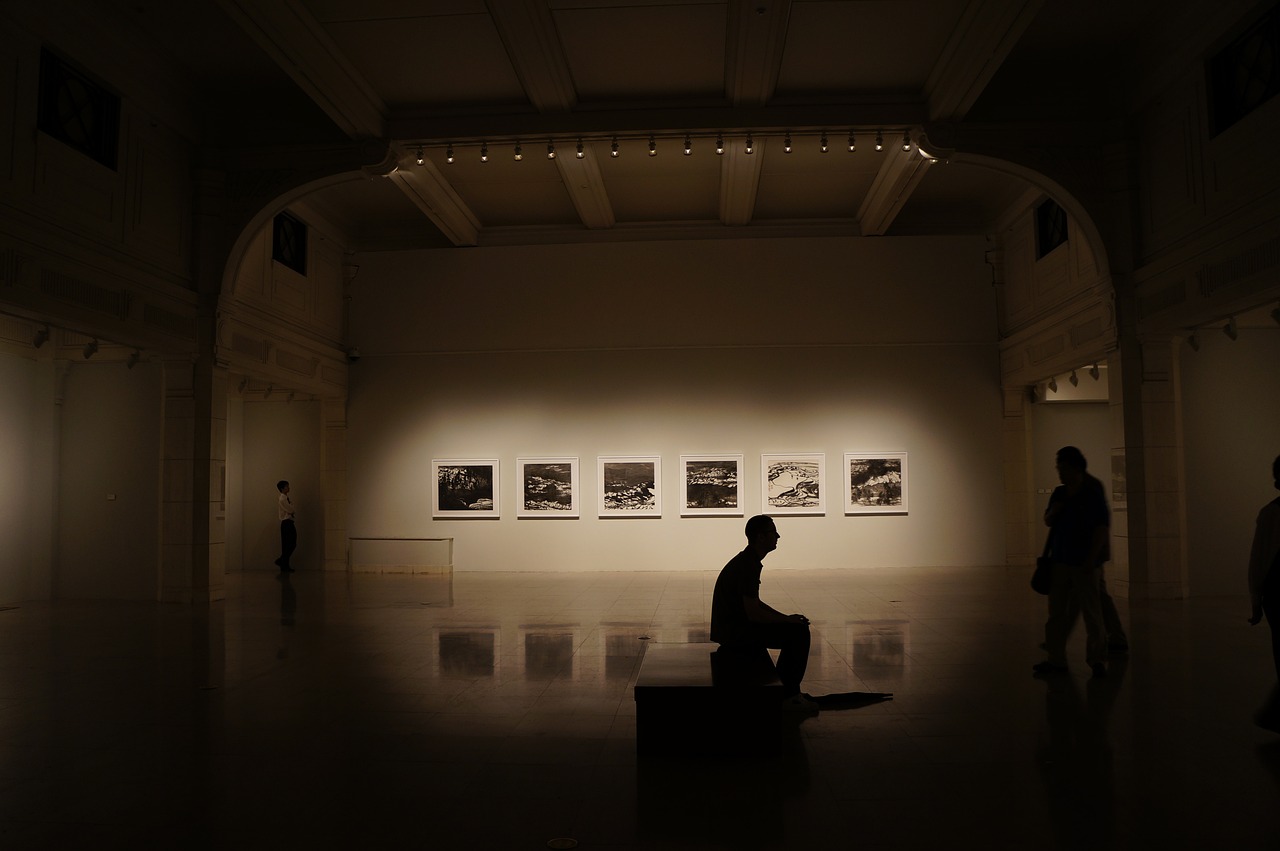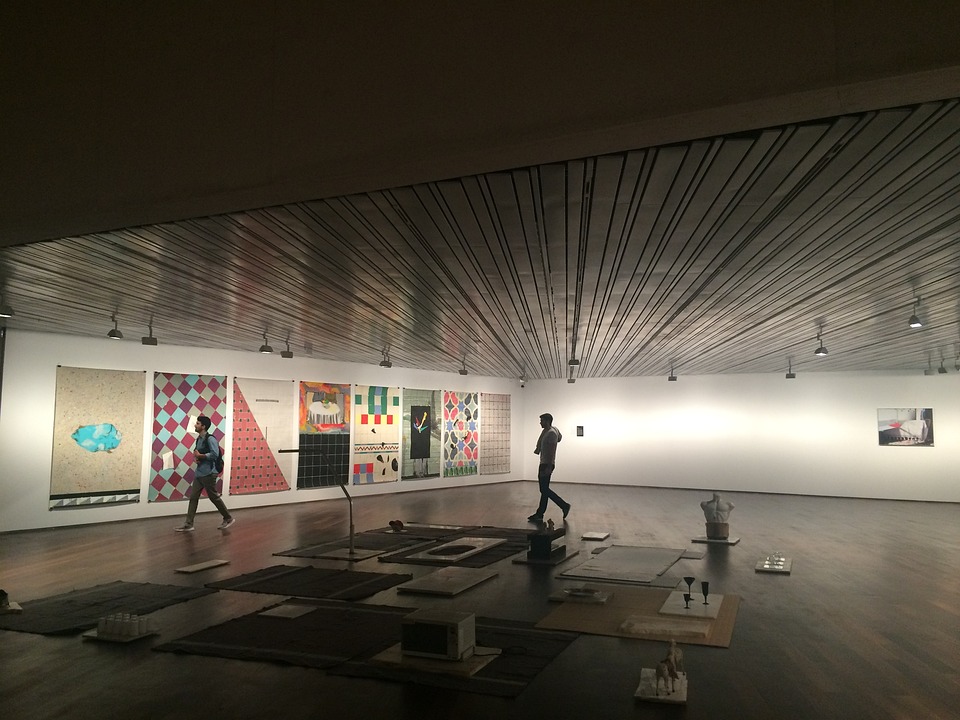Curating a successful gallery exhibition is a multifaceted endeavor that requires careful planning, artistic vision, and strategic execution. A well-curated exhibition not only showcases art in its best light but also creates a meaningful experience for visitors, promotes artists effectively, and achieves the gallery’s objectives. This guide will walk you through the essential steps to ensure your gallery exhibition stands out and leaves a lasting impression on both art enthusiasts and industry professionals.
Defining the Theme and Objective of the Exhibition
The foundation of a successful gallery exhibition lies in its theme and objectives. A clear, compelling theme provides a framework for selecting artworks and engaging your audience.
Identifying Your Target Audience
Understanding your audience is crucial for tailoring your exhibition to their interests and expectations.
Consider these questions when defining your audience:
- What age group are you primarily targeting?
- Are you aiming for art enthusiasts, collectors, or a general audience?
- What cultural or social backgrounds might your audience have?
- Are there specific artistic preferences or trends popular among your target group?
- How does your audience typically engage with art (e.g., purchases, social media sharing, critical analysis)?
Choosing a Relevant Theme
Select a theme that resonates with your audience and aligns with the available artworks. Popular themes often reflect current social issues, historical perspectives, or innovative artistic techniques.
Examples of engaging exhibition themes:
- “Urban Metamorphosis”: Exploring the changing face of city landscapes
- “Digital Disruption in Traditional Art Forms”: Showcasing the intersection of technology and classical techniques
- “Echoes of the Past”: Contemporary interpretations of historical art movements
- “The Unseen World”: Microscopic and macroscopic views in art
- “Sustainability Through Art”: Environmental awareness expressed in various mediums
Setting Clear Objectives
Define specific goals for your exhibition to guide your curation and marketing efforts.
| Objective | Description | Potential Outcome |
|---|---|---|
| Artist Promotion | Showcase emerging talent | Increased visibility for new artists, potential gallery representation |
| Sales Driven | Focus on marketable pieces | Higher revenue, expanded collector base |
| Educational | Inform audience about a specific art movement or technique | Enhanced public understanding, positive press coverage |
| Community Engagement | Involve local artists or address community issues | Stronger local presence, increased foot traffic |
| Brand Building | Establish gallery as a trendsetter | Long-term reputation boost, industry recognition |
Selecting the Right Artists and Artworks
The success of your exhibition hinges on the quality and relevance of the artworks you choose to display.
Inviting Artists to Participate
Strategies for finding and contacting suitable artists:
- Attend local art fairs and events to discover talent
- Use social media platforms to research emerging artists
- Network with art schools and universities for recent graduates
- Consult with other gallery owners or curators for recommendations
- Utilize online artist databases and portfolio sites
- Issue an open call for submissions related to your theme
Evaluating and Selecting Artworks
Checklist for evaluating potential pieces:
- Relevance to the exhibition theme
- Quality of execution and technique
- Originality and uniqueness
- Visual impact and ability to engage viewers
- Size and scale appropriate for the gallery space
- Condition of the artwork (if applicable)
- Artist’s reputation and potential for growth
- Pricing aligned with gallery standards and market value
Consider creating a diverse selection that includes various mediums, styles, and perspectives while maintaining a cohesive visual narrative.
Planning the Exhibition Layout and Design

A well-planned layout enhances the viewer’s experience and showcases each piece to its best advantage.
Mapping the Exhibition Space
Sample Floor Plan Template:
[Main Entrance]
|
[Reception Area]
|
[Gallery Room 1] — [Gallery Room 2]
| |
[Sculpture Area] [Gallery Room 3]
|
[Exit/Gift Shop]
Consider factors such as:
- Natural light sources and supplementary lighting
- Traffic flow to avoid congestion
- Focal points for standout pieces
- Resting areas for visitors
- Accessibility for all visitors, including those with mobility issues
Designing the Display
| Display Element | Options | Visual Impact |
|---|---|---|
| Wall Color | White, Off-white, Gray, Colored accent wall | Affects perception of artwork colors and mood |
| Lighting | Track lighting, Spotlights, Natural light | Highlights textures and creates atmosphere |
| Frames | Minimal, Ornate, Floating | Complements or contrasts with artwork style |
| Pedestals | White cubes, Custom shapes, Glass cases | Elevates 3D pieces and creates visual interest |
Creating Labels and Descriptions
Format example for artwork labels:
Artist Name (Birth year – Death year, if applicable)
“Artwork Title”, Year
Medium
Dimensions (height x width x depth, if applicable)
Brief description or artist statement (2-3 sentences)
Ensure labels are easily readable, consistently formatted, and placed at a standard height throughout the exhibition.
Marketing and Promotion
Effective promotion is key to attracting visitors and generating buzz around your exhibition.
Building a Marketing Plan
Timeline template for pre-exhibition marketing activities:
| Timeframe | Action Items |
|---|---|
| 3 months before | Finalize exhibition details, create marketing materials |
| 2 months before | Begin social media teasers, send save-the-dates |
| 1 month before | Intensify social media campaign, distribute press releases |
| 2 weeks before | Send email invitations, post event listings |
| 1 week before | Final push on all channels, confirm media attendance |
Creating Promotional Materials
Design tips for promotional materials:
- Use high-quality images of featured artworks
- Maintain consistent branding across all materials
- Include essential information: exhibition title, dates, location, and featured artists
- Create a unique hashtag for social media promotion
- Design for various platforms (print, digital, social media)
Sample social media post template:
[Eye-catching image of artwork]
“Don’t miss [Exhibition Title] featuring [Artist Name]’s groundbreaking work on [Theme].
📅 [Opening Date] – [Closing Date]
📍 [Gallery Name and Address]
#[UniqueExhibitionHashtag] #ArtExhibition #[CityName]Art
Engaging the Press and Influencers
Sample press release format:
FOR IMMEDIATE RELEASE
[Gallery Name] Presents “[Exhibition Title]”
[Subheading with key information]
[CITY, STATE, DATE] — [Opening paragraph with exhibition overview]
[1-2 paragraphs with exhibition details, featured artists, and significance]
[Quote from gallery owner or curator]
[Practical information: dates, times, location, ticket prices if applicable]
[Boilerplate about the gallery]
Contact:
[Name]
[Title]
[Phone]
[Email]
Hosting the Exhibition Event

A well-executed opening night sets the tone for the entire exhibition run.
Coordinating the Opening Night
Checklist for opening night preparations:
- Finalize guest list and send reminders
- Arrange catering and refreshments
- Prepare name tags for staff and artists
- Set up a welcome desk with guest book and exhibition guides
- Test lighting and audio equipment
- Brief staff on their roles and key information about the artworks
- Prepare sales materials and payment systems
- Arrange for photography and videography of the event
Engaging with Visitors
Questions to ask visitors to gauge their experience:
- What piece has made the strongest impression on you so far?
- How did you hear about our exhibition?
- Is this your first time visiting our gallery?
- What aspects of the theme resonate with you personally?
- Are there any artists whose work you’d like to learn more about?
Encourage staff to engage visitors in conversations about the artworks, offering insights and collecting feedback.
Post-Exhibition Follow-up
Proper follow-up ensures long-term benefits from your exhibition’s success.
Analyzing the Exhibition’s Success
Table to track key performance indicators (KPIs):
| KPI | Target | Actual | Notes |
|---|---|---|---|
| Total Visitors | |||
| Artworks Sold | |||
| Total Sales Revenue | |||
| Press Mentions | |||
| Social Media Engagement | |||
| New Mailing List Signups | |||
| Visitor Feedback Score |
Building Long-term Relationships
Follow-up actions:
- Send personalized thank-you notes to artists, buyers, and key supporters
- Share exhibition highlights and success stories on social media and newsletters
- Conduct a post-exhibition meeting with staff to discuss lessons learned
- Update your database with new contacts and sales information
- Plan future collaborations with successful artists
- Create a digital archive of the exhibition for future reference and promotion
Conclusion
Curating a successful gallery exhibition requires meticulous planning, creative vision, and strategic execution. By carefully defining your theme and objectives, selecting compelling artworks, designing an engaging layout, and implementing effective marketing strategies, you can create an exhibition that resonates with your audience and achieves your goals. Remember that the key to a truly successful gallery exhibition lies in the details – from the initial concept to the final follow-up. With this comprehensive guide, you’re well-equipped to create an unforgettable art experience that will leave a lasting impression on visitors and contribute to your gallery’s long-term success.